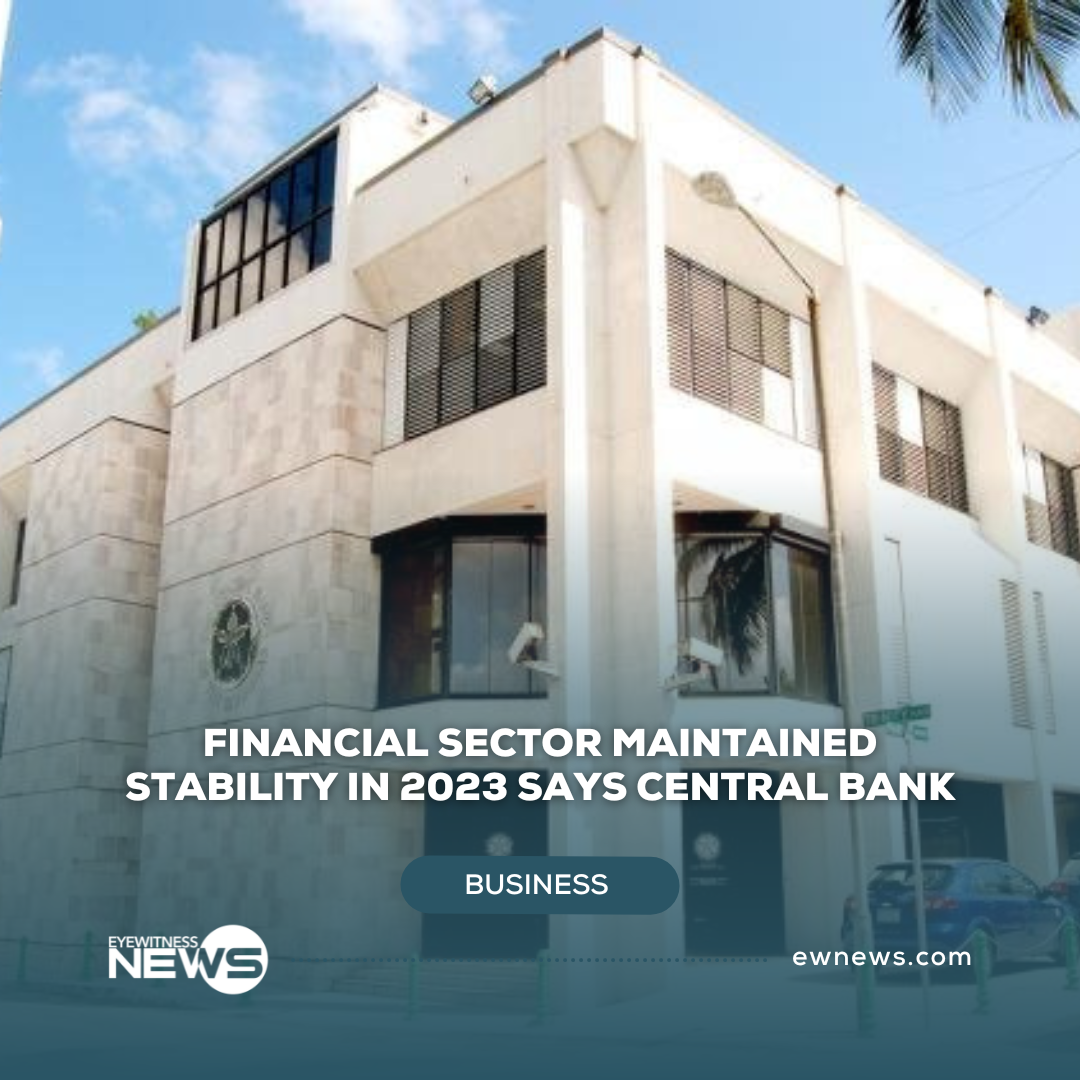NASSAU, BAHAMAS — The Bahamas’ domestic financial system maintained its soundness and stability in 2023, according to the Central Bank, with the Banking Stability Index (BSI), which evaluates the stability of deposit-taking institutions in The Bahamas indicating that financial sector stability remained relatively unchanged compared to the previous year.
In its recently released 2023 Financial Stability Report, the Central Bank stated, “For 2023, the BSI—which measures the soundness of DTIs in The Bahamas—was relatively stable compared to the previous year, reflecting a sustained and healthy economic environment. The index stood at 1.75, down from 1.82 in 2022, signaling that risks to the sector remained low. The normalized asset quality indicator rose to 0.52 from 0.47 in the prior year.
Additionally, the capital adequacy indicator increased to 0.11 from 0.10, while the liquidity and interest rate indicators stabilized at 0.53 and 0.04, respectively, reflecting robust banking sector liquidity and low risk. The normalized profitability indicator decreased to 0.06 from 0.75 in the previous year, due to slight declines in average return on equity and asset ratios.
Overall, the BSI increased to a standard deviation of 1.1 in December 2023, up from 0.9 in 2022, suggesting high liquidity levels as the share of liquid assets to total assets grew.”
The regulator reported that, at the end of 2023, the banking sector’s balance sheet was valued at $126.9 billion, with international exposures dominating at $107.8 billion (84.9 percent of the total). Domestic licensees, comprising 10 commercial banks and 10 mostly trust entities, held the remaining $19.1 billion (15.1 percent) of assets, which fell by 7.1 percent in 2023 and were divided between domestic ($11.7 billion) and foreign ($7.4 billion) assets.
Deposits served as the bank’s primary source of funds, with 49.4 percent of domestic assets comprised of credit to the private sector, including commercial, consumer, and residential mortgages.
Government and public sector debt securities accounted for 18 percent and 1.8 percent, respectively. Over two-thirds of the sector’s assets were concentrated in the three largest banks.
The Central Bank’s outlook for the financial system suggested continued stability as efforts to enhance surveillance quality and strengthen coordination among key regulators progress. The Central Bank emphasized the importance of policies to mitigate risks to Central Bank-supervised financial institutions (SFIs), including implementing Basel capital rules and reinforcing guidelines for digital assets.
Domestic banks’ profitability growth moderated in 2023, as net interest income gains were nearly offset by higher operational costs. Net profits increased by $5.4 million (1.4 percent) to $402.4 million, compared to a $142.3 million (55.8 percent) increase the previous year.
Declining credit delinquency rates led to a further decrease in total provisions for bad debts, which fell by $41.8 million (11.2 percent) to $330.0 million, following a reduction of $140.8 million (27.5 percent) the prior year. Banking sector liquidity trended upward in 2023, though at a moderated pace.
According to the Central Bank, total domestic assets of the banking system rose by 2.2 percent to $11.7 billion in 2023, moderating from a 4.2 percent increase the previous year. Credit quality indicators for domestic banks improved during the year, driven by ongoing strengthening in the domestic economy and continued loan write-offs.
Total private sector loan arrears decreased by $48.5 million (7.9 percent) to $561.7 million, following a $169.6 million (21.8 percent) reduction the prior year. This decline was primarily due to decreases in mortgage and consumer arrears, which outweighed an increase in commercial delinquencies.






